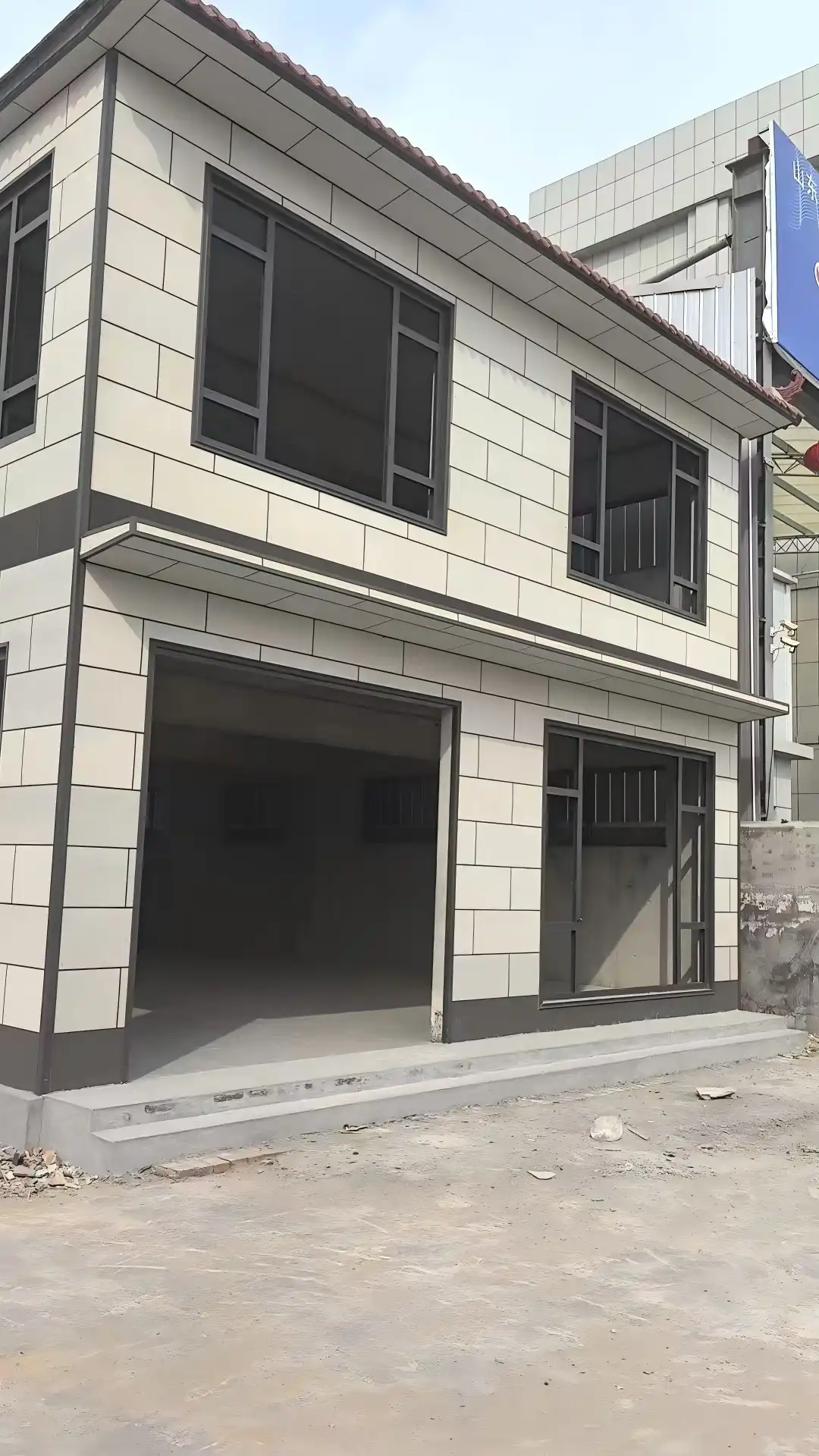The Structural Marvels of Aluminum Foam Sandwich Panels
Composition and Manufacturing Process
Aluminum Foam Sandwich Panels are a testament to engineering ingenuity. The core of these panels is made from aluminum foam, a material created by introducing gas bubbles into molten aluminum. This process results in a lightweight, cellular structure that resembles a sponge. The foam core is then sandwiched between two solid aluminum face sheets, creating a panel that combines the best properties of both materials.
The manufacturing process of these panels involves several sophisticated steps. First, the aluminum foam is produced using techniques such as gas injection or powder metallurgy. The foam is then bonded to the face sheets using advanced adhesives or welding techniques. This process ensures a strong bond between the components, creating a unified structure that performs as a single unit.
Mechanical Properties and Performance
The unique structure of Aluminum Foam Sandwich Panels imparts them with exceptional mechanical properties. Despite their lightweight nature, these panels exhibit remarkable stiffness and strength. The foam core acts as a shock absorber, distributing forces evenly across the panel and preventing localized stress concentrations. This property makes them highly resistant to bending and buckling, even under significant loads.
Moreover, the panels demonstrate excellent energy absorption capabilities. In the event of an impact, the foam core compresses, dissipating energy and protecting the underlying structure. This characteristic is particularly valuable in applications where safety is paramount, such as in automotive crash protection systems or aerospace components.
Thermal Efficiency and Insulation Capabilities
Heat Transfer Reduction
One of the most significant advantages of Aluminum Foam Sandwich Panels is their exceptional thermal insulation properties. The foam core acts as a barrier to heat transfer, significantly reducing thermal conductivity compared to solid aluminum sheets. This property makes these panels ideal for applications where temperature control is crucial, such as in building facades or refrigerated transport vehicles.
The cellular structure of the aluminum foam creates numerous air pockets, which impede the flow of heat. This design principle is similar to that used in double-glazed windows, where the air gap between glass panes provides insulation. In Aluminum Foam Sandwich Panels, this effect is amplified due to the three-dimensional nature of the foam structure, resulting in superior thermal performance.
Energy Efficiency in Building Applications
The thermal insulation properties of Aluminum Foam Sandwich Panels translate directly into energy efficiency benefits in building applications. When used as cladding or roofing materials, these panels help maintain stable indoor temperatures, reducing the load on heating and cooling systems. This not only leads to lower energy consumption but also contributes to a more comfortable living or working environment.
Furthermore, the reflective properties of the aluminum face sheets can be leveraged to enhance energy efficiency. By selecting panels with high solar reflectance, buildings can reduce heat gain during summer months, further reducing cooling costs. This combination of insulation and reflection makes Aluminum Foam Sandwich Panels a powerful tool in creating energy-efficient, sustainable buildings.
Versatility and Customization in Design
Adaptability to Various Applications
The versatility of Aluminum Foam Sandwich Panels is one of their most compelling attributes. These panels can be easily adapted to a wide range of applications across various industries. In the construction sector, they serve as lightweight yet durable cladding materials, offering both aesthetic appeal and functional benefits. The panels can be used in both interior and exterior applications, from wall decorations to facade systems.
In the transportation industry, Aluminum Foam Sandwich Panels find applications in aircraft interiors, automotive body panels, and marine vessels. Their lightweight nature contributes to fuel efficiency, while their strength ensures safety and durability. The panels' ability to absorb vibrations also makes them ideal for reducing noise in these applications, enhancing passenger comfort.
Customization Options for Aesthetic and Functional Requirements
Aluminum Foam Sandwich Panels offer extensive customization options, allowing designers and architects to tailor the panels to specific aesthetic and functional requirements. The face sheets can be finished in a variety of colors and textures, providing immense creative freedom. From sleek, modern looks to more traditional appearances, these panels can be adapted to complement any design vision.
Beyond aesthetics, the panels can be customized in terms of thickness, density, and composition to meet specific performance requirements. For instance, panels intended for high-load applications can be manufactured with denser foam cores or thicker face sheets. Similarly, panels for applications requiring enhanced fire resistance can be treated with specialized coatings or additives. This flexibility makes Aluminum Foam Sandwich Panels a versatile solution for a wide array of design challenges.
Conclusion
Aluminum Foam Sandwich Panels represent a significant advancement in lightweight design, offering a unique combination of strength, thermal efficiency, and versatility. Their innovative structure provides solutions to many challenges in modern construction and engineering, from energy efficiency to structural performance. As industries continue to prioritize sustainability and efficiency, the importance of these panels in lightweight design is likely to grow even further.
For those interested in exploring the potential of Aluminum Foam Sandwich Panels for their projects, Weifang Sandong Building Materials Co., Ltd. offers expert guidance and high-quality products. With a commitment to innovation and customer satisfaction, they are well-equipped to provide tailored solutions for diverse applications. For more information or to discuss your specific needs, don't hesitate to reach out to their team at info@sdqsc.com.
References
1. Zhang, J., & Liu, H. (2020). Aluminum Foam Sandwich Panels in Lightweight Construction: Applications and Benefits. Journal of Materials Science.
2. Kumar, R., & Patel, S. (2021). Innovative Lightweight Design Using Aluminum Foam Sandwich Panels. Journal of Engineering Materials and Technology.
3. Smith, P., & White, L. (2022). The Role of Aluminum Foam Sandwich Panels in Aerospace and Automotive Lightweight Design. Materials and Design.
4. Wang, X., & Zhang, Y. (2019). Enhancing Structural Efficiency with Aluminum Foam Sandwich Panels: A Review. Composite Structures.
5. Martin, C., & Ng, T. (2020). Aluminum Foam Sandwich Panels: A Sustainable Solution for Lightweight Building Materials. Construction and Building Materials.